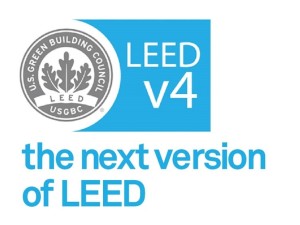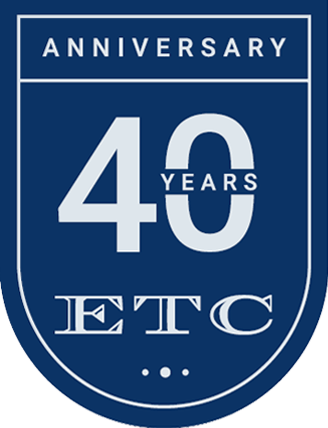LEEDING The Way

 In November 2013, the U.S. Green Building Council approved the implementation of the new LEED v4.
In November 2013, the U.S. Green Building Council approved the implementation of the new LEED v4.
One of the biggest changes from LEED 2009 to LEED v4 is the importance of transparency. This means an increase in the disclosure and awareness in building product composition and manufacturing processes. Three different areas of LEED v4 address this issue of transparency: reporting the sourcing of raw materials, reporting of environmental impacts and disclosing of material ingredients. Tools that are used for measuring transparency include Life Cycle Assessments (LCA), Environmental Product Declaration (EPD), Product Category Rules (PCR) and Health Product Declarations (HPD).
Building Life Cycle Impact Reduction credits can be awarded by using a large percentage of reused or salvaged materials, or by conducting a Life Cycle Assessment (LCA) and comparing it to a baseline building. There are also Disclosure and Optimization credits that can be given, which encourage building material manufacturers to disclose significant information about their products. In an attempt to make the adjustments easier, if LCA shows that a building is not environmentally-friendly, it can still be awarded LEED credits for disclosing the information.
